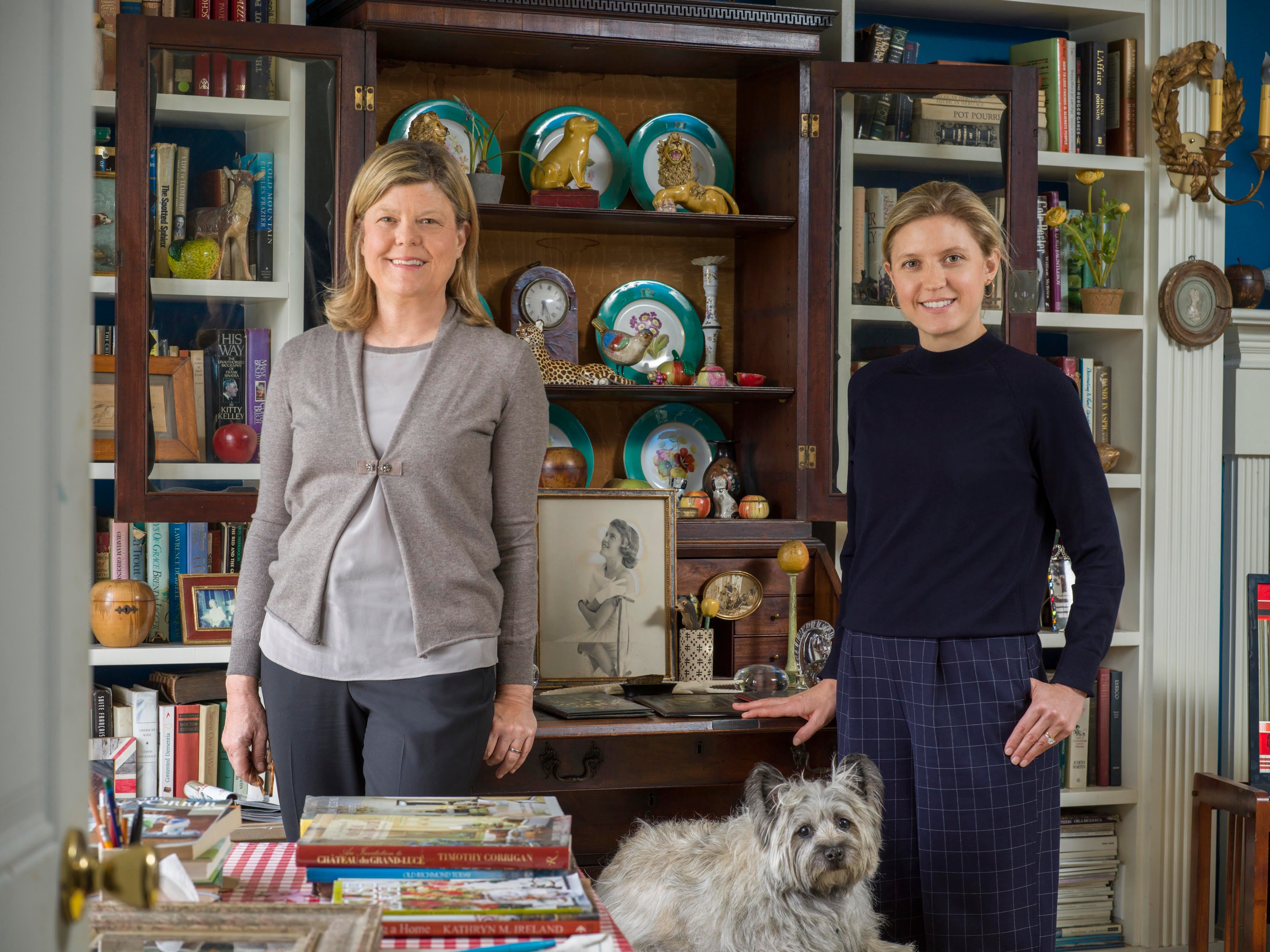In 1960, Sister Parish decorated the White House for the first Catholic president of the United States: John F. Kennedy. “The funniest story about people not knowing who [Sister] was is when she was decorating the White House,” Susan Crater, Parish’s granddaughter, tells host Dennis Scully on the latest episode of The Business of Home Podcast. “The headline was ‘Kennedys pick nun to decorate the White House.’”
Sister Parish was not a nun, but she remains a saintlike figure in the interior design industry. Parish—born Dorothy May Kinnicutt, nicknamed “Sister” by her younger brother—started her interior design firm during the Great Depression with no formal training, setting up shop in Far Hills, New Jersey. Parish developed a robust business, but truly climbed to fame after working with the Kennedys. Her partnership with designer Albert Hadley and the resulting firm, Parish Hadley, is credited with “starting American country design,” characterized by the use of striped ticking, floral chintzes, whitewashed antiques and patchwork quilts.
Over the years, Parish Hadley also became the training ground for some of today’s most well-respected designers, including Bunny Williams, David Kleinberg, David Easton and Mariette Himes Gomez. “They all had very individual experiences there because Albert was more of a teacher, and to learn from Sister was more through watching her,” says Crater. “Everybody who came out of Parish Hadley had these imaginations, and their standards were so high—it really was unbelievable.”
Parish passed away in 1994, but her legacy has been carried on by Crater and Eliza Harris, Parish’s great-granddaughter. Crater launched the fabric and wallpaper brand Sister Parish Design nearly 20 years ago, growing the brand through pop-up shops and unexpected collaborations, like a partnership with Japanese retailer Uniqlo. In 2018, Harris joined the company and became Sister Parish’s creative director, building the brand’s digital and social media presence and ushering it into the e-commerce era.
While the brand is rooted in tradition, Crater and Harris are eager to push beyond some of the industry’s traditional practices, including strict territorial exclusivity with showroom partners. “I feel like all of this lane-drawing and focus on channels of distribution doesn’t really do much for any business,” says Crater. “The expression should be ‘Faith over fear.’ … Just have faith in your product, and have faith in the design community. We don’t need to hide things from each other because at the end of the day, we’re all in the same community and we build each other up.”
Crater and Harris are also looking for ways to expand their audience beyond the trade, selling their wares both online and in specialty stores that can service both the interior designer and design enthusiast. “I was always aware of how these amazing products were locked in a kind of ivory tower,” says Harris. “It was important to me that if you wanted to buy a Sister Parish [product], you could buy one.”
Designers, however, still get preferential treatment (and pricing). “I’m from a family of interior designers, so that is extremely important for us,” says Crater. “What an interior designer can do for someone is literally like sprinkling fairy dust—they really make magic—and that’s something we believe down to our bones.”
Listen to the show below. If you like what you hear, subscribe on Apple Podcasts or Spotify. This episode was sponsored by Loloi Rugs and Four Hands.
Homepage image: Susan Crater and Eliza Harris | Courtesy of Sister Parish Design





























